Product
PP Lab Bench
The PP Lab Bench is designed to meet the demanding requirements of modern laboratories that prioritize safety, durability, and long-term chemical resistance. Constructed entirely from high-quality polypropylene (PP), this bench offers outstanding performance in environments where harsh chemicals, corrosive reagents, and frequent cleaning cycles are part of everyday operations. Its non-metallic structure ensures complete resistance to oxidation and corrosion, making it an ideal choice for laboratories handling acids, alkalis, and other aggressive substances.

PP or Polypropylene, has become increasingly popular in the laboratory furniture industry as the sector continues to evolve. With growing demands for lab furniture, traditional all-steel furniture struggles to resist corrosion from strong acids and alkalis. However, PP material, known for its resistance to strong acids and alkalis, non-toxicity, non-irritation, environmental friendliness, recyclability, and long service life, has rapidly captured a large share of the market.
Product Details

Cabinet
The entire structure is made of high-quality cold-rolled steel sheet with a full thickness of 1.0mm. The steel surface undergoes grinding, polishing, rust removal, phosphating, and other processes, followed by epoxy resin electrostatic powder coating and high-temperature curing at 220°C, resulting in a smooth, corrosion-resistant surface with a thickness of 1.15mm to 1.2mm.The doors is double-layer structure with soundproofing material filled inside.




PP Lab Bench
SPECIFICATION
(1) Countertop: Use 12mm porcelain white PP (polypropylene) sheet (Thicken to 24mm), or choose phenolic resin, epoxy resin, ceramic, trespa or other countertops.
(2) Cabinet: 8-12mm porcelain white PP (Polypropylene) sheet, welded into a single piece using color-matched and material-matched welding rods.
(3) Slides: Made from the same PP material as the cabinet, excellent load-bearing capacity, long service life, and strong resistance to strong acids, alkalis, and corrosion. There are no metal components. Alternatively, stainless steel slides can be used.
(4) Hinges, Handles, Bumpers, Screws: All components are made from PP material, offering good resistance to strong acids, strong alkalis, and other harsh conditions. The cabinet doors can open up to a 180°.
2. ADVANTAGES
(1) The cabinet is made using an integrated, seamless welding technique, greatly enhancing the structural integrity of the cabinet and effectively reducing deformation caused by thermal expansion and contraction.
(2) PP materials do not react with water, preventing issues such as swelling or cracking commonly seen in lab bench.
(3) PP material is resistant to strong acids, alkalis, and chemical agents, does not corrode, and has excellent weather resistance and impact resistance. It is rust-proof.
(4) Compared to other materials used in laboratory equipment, PP does not release any toxic gases during prolonged use. Additionally, when burned, it does not emit harmful or toxic gases, significantly protecting the health of laboratory personnel.
(5) PP material is increasingly used in environmentally-friendly equipment due to its stable, eco-friendly, and recyclable characteristics, making it ideal for lab sustainability.
(6) PP sheet are easier to clean and less prone to dust accumulation. They also generate less static, ensuring more accurate data during experiments.
Standard Dimensions
|
Product |
Dimensions (Length*Depth*Height) |
|
PP Wall Bench |
1000*750*850mm/Customize 3.28x2.46'x2.78'/Customize |
|
PP Island Bench |
1000*1500*850mm/Customize 3.28x4.92'x2.78'/Customize) |
|
PP Corner Bench |
1000*1000*850mm/Customize 3.28x3.28'x3.28'/Customize |
PP Island Bench
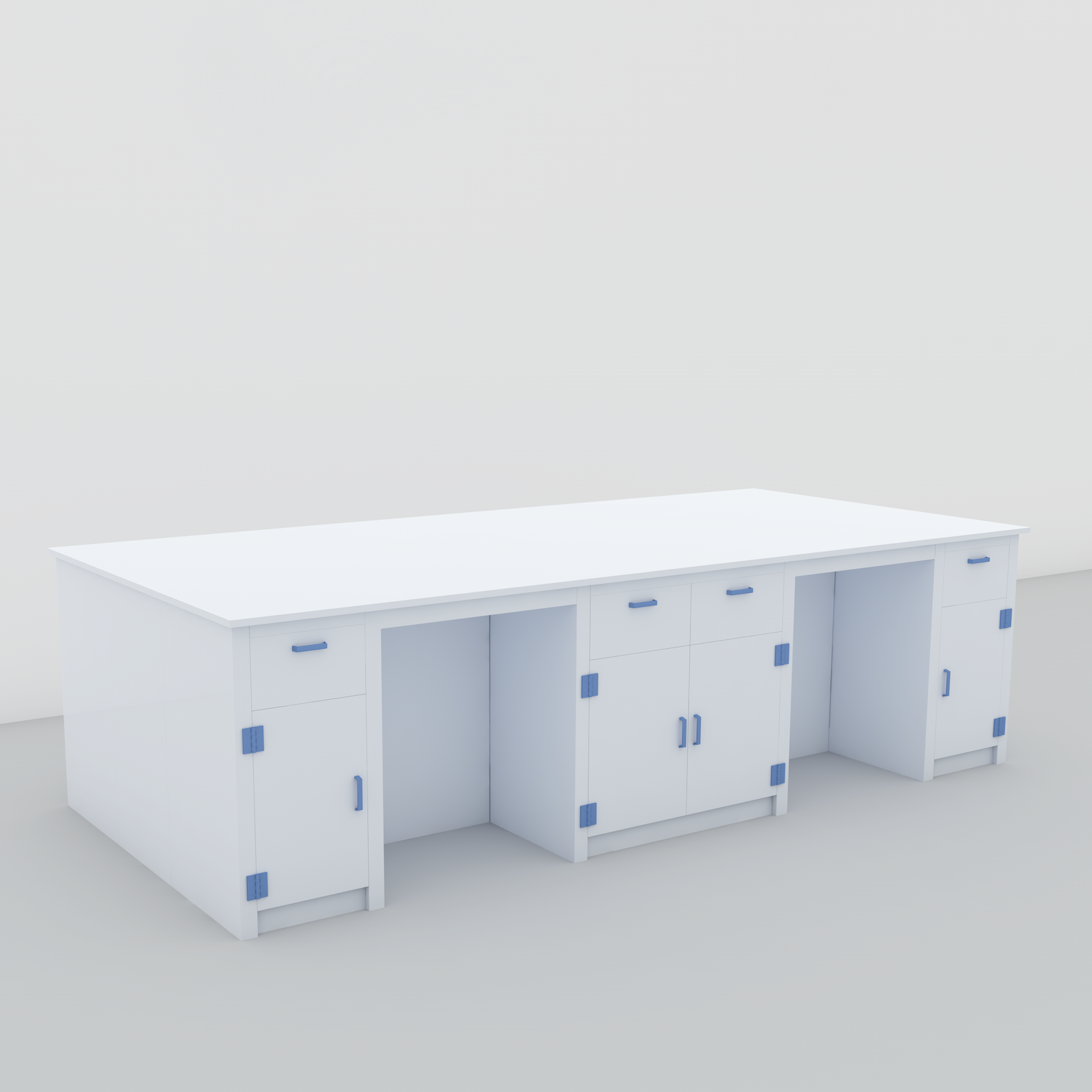
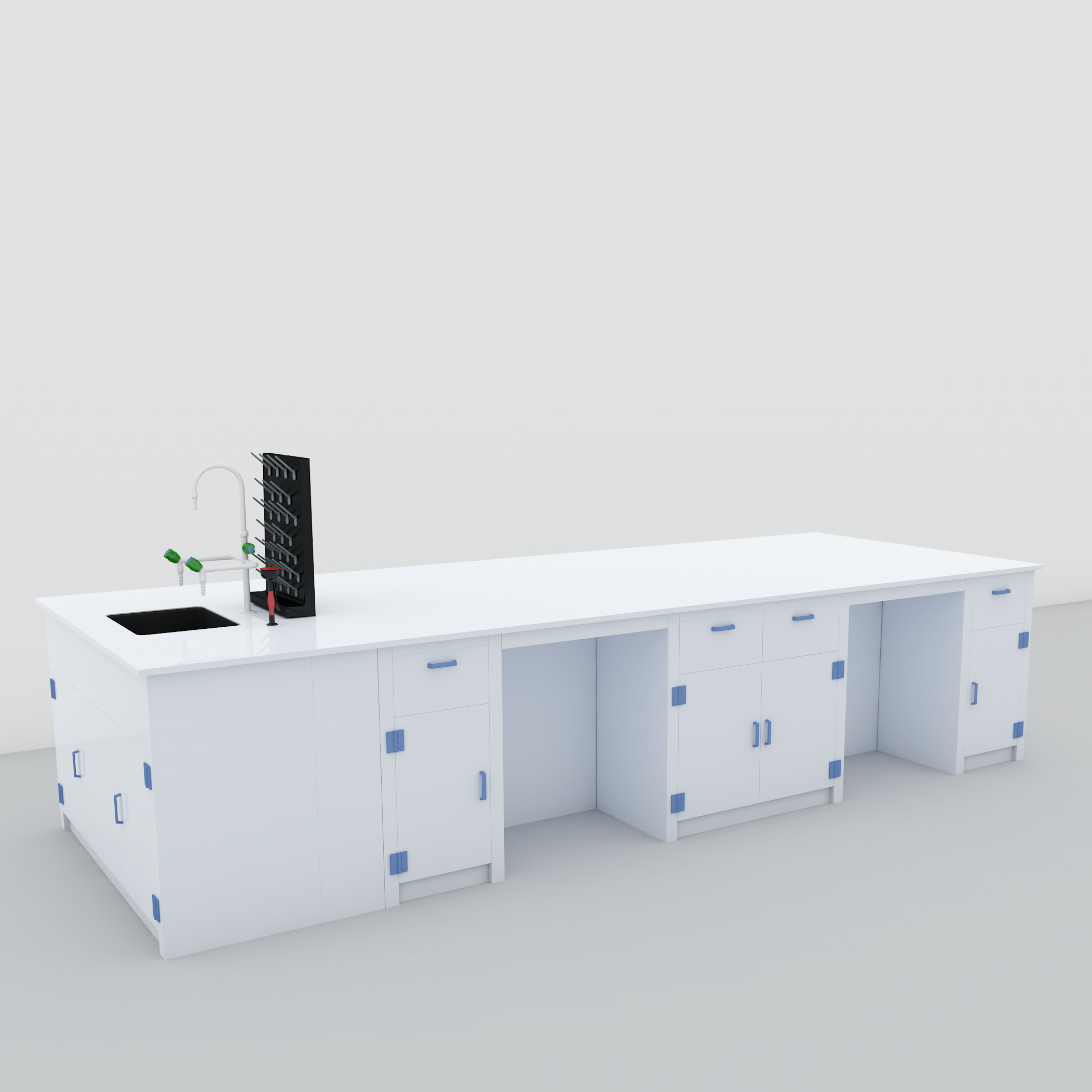
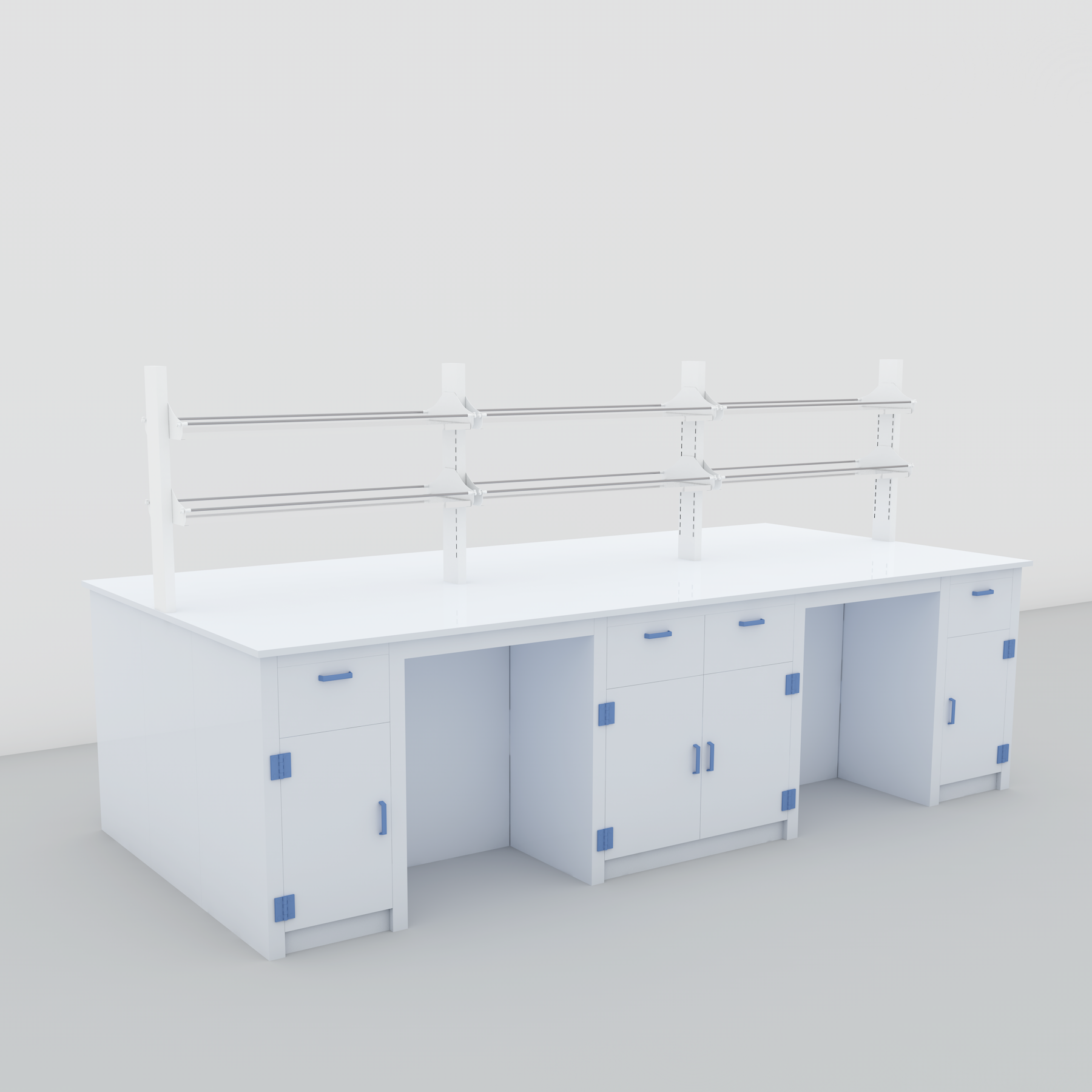


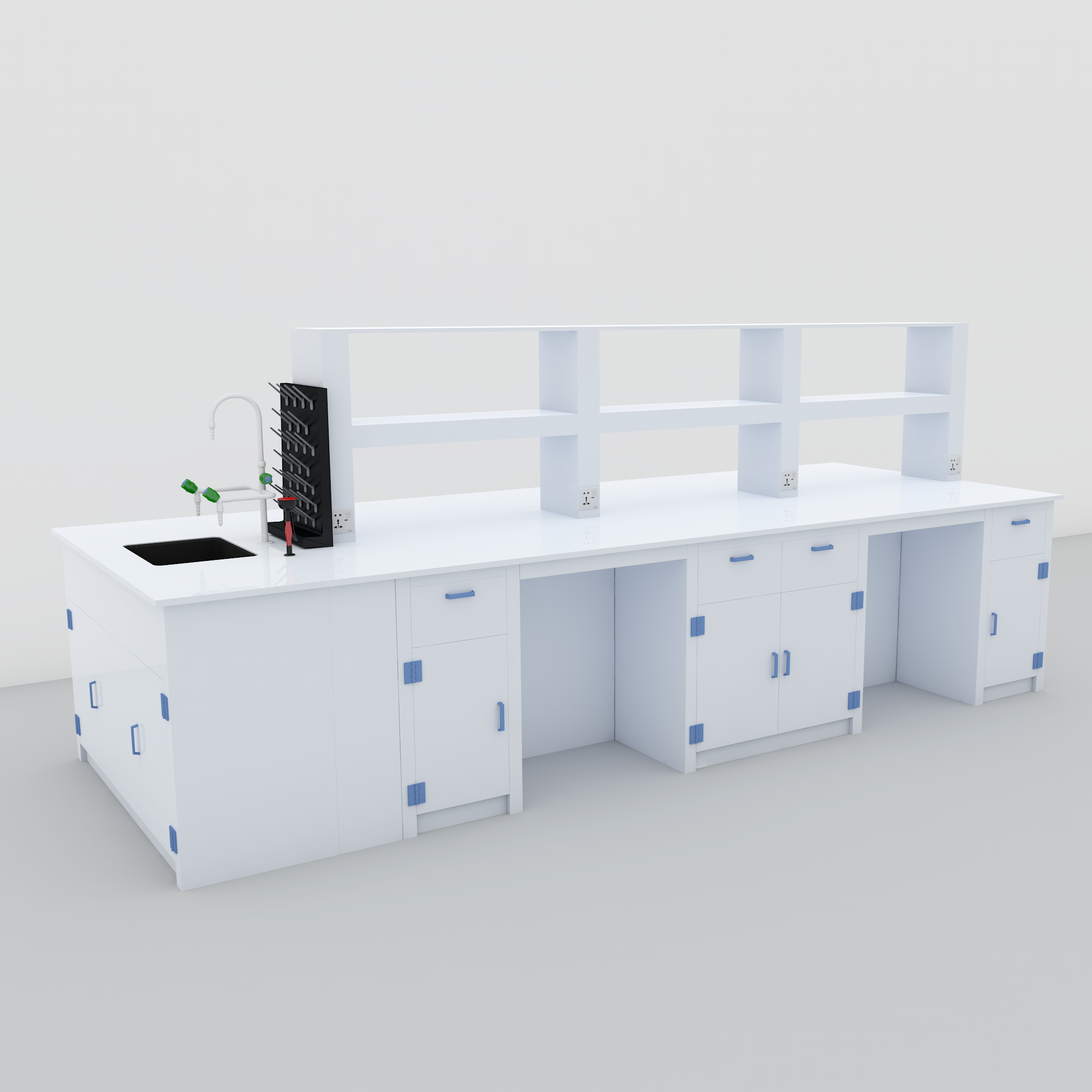
PP Wall Bench
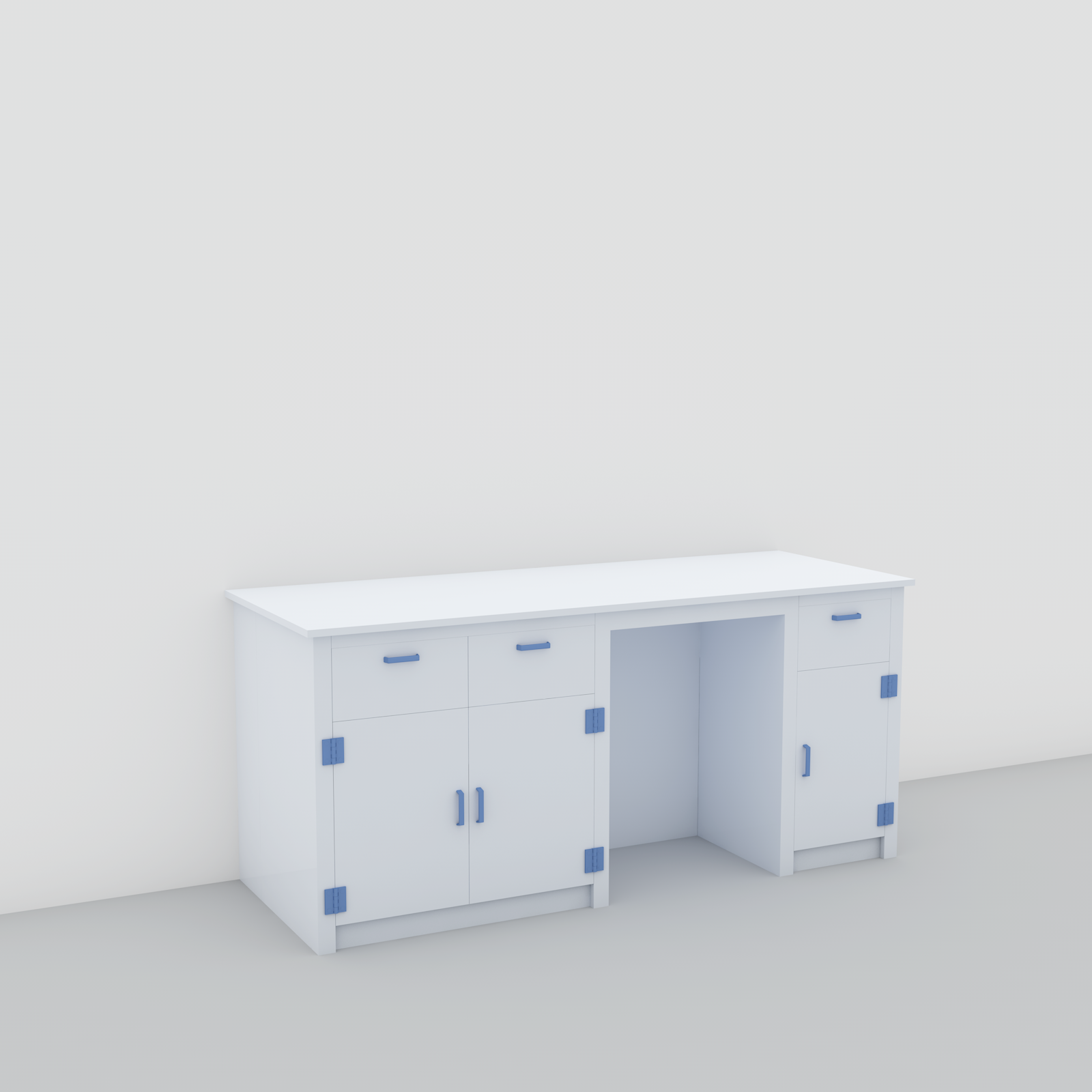
LB-PP-07
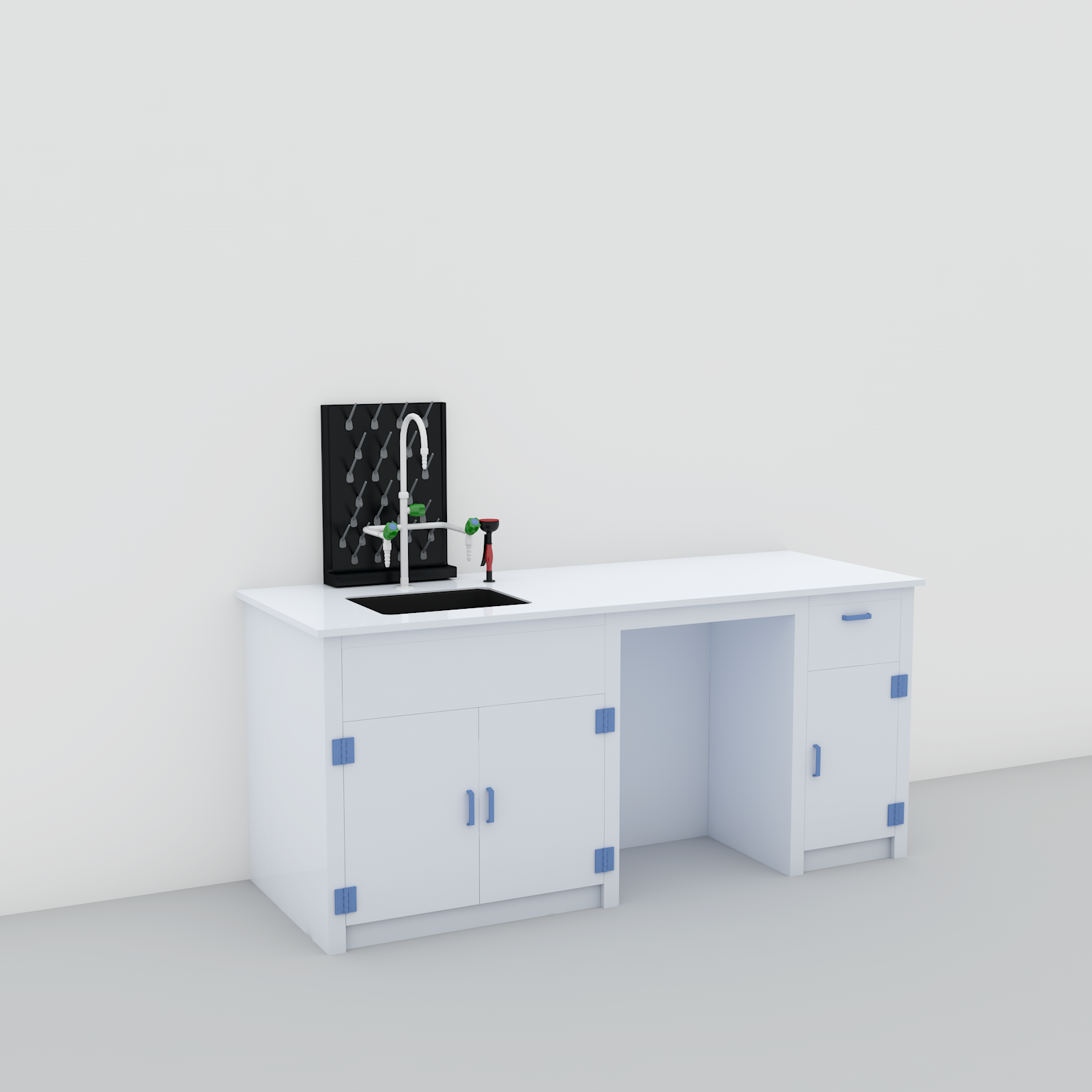

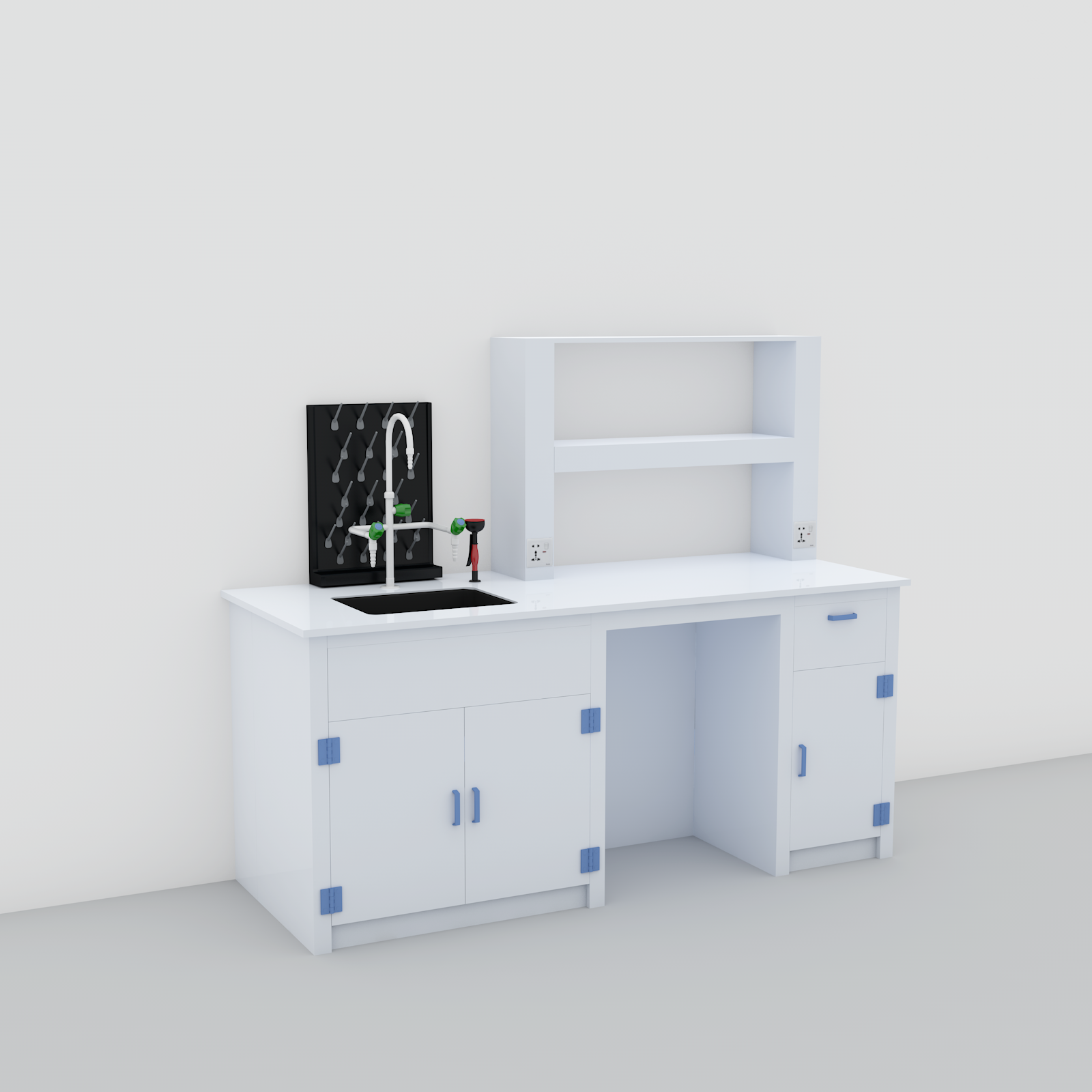
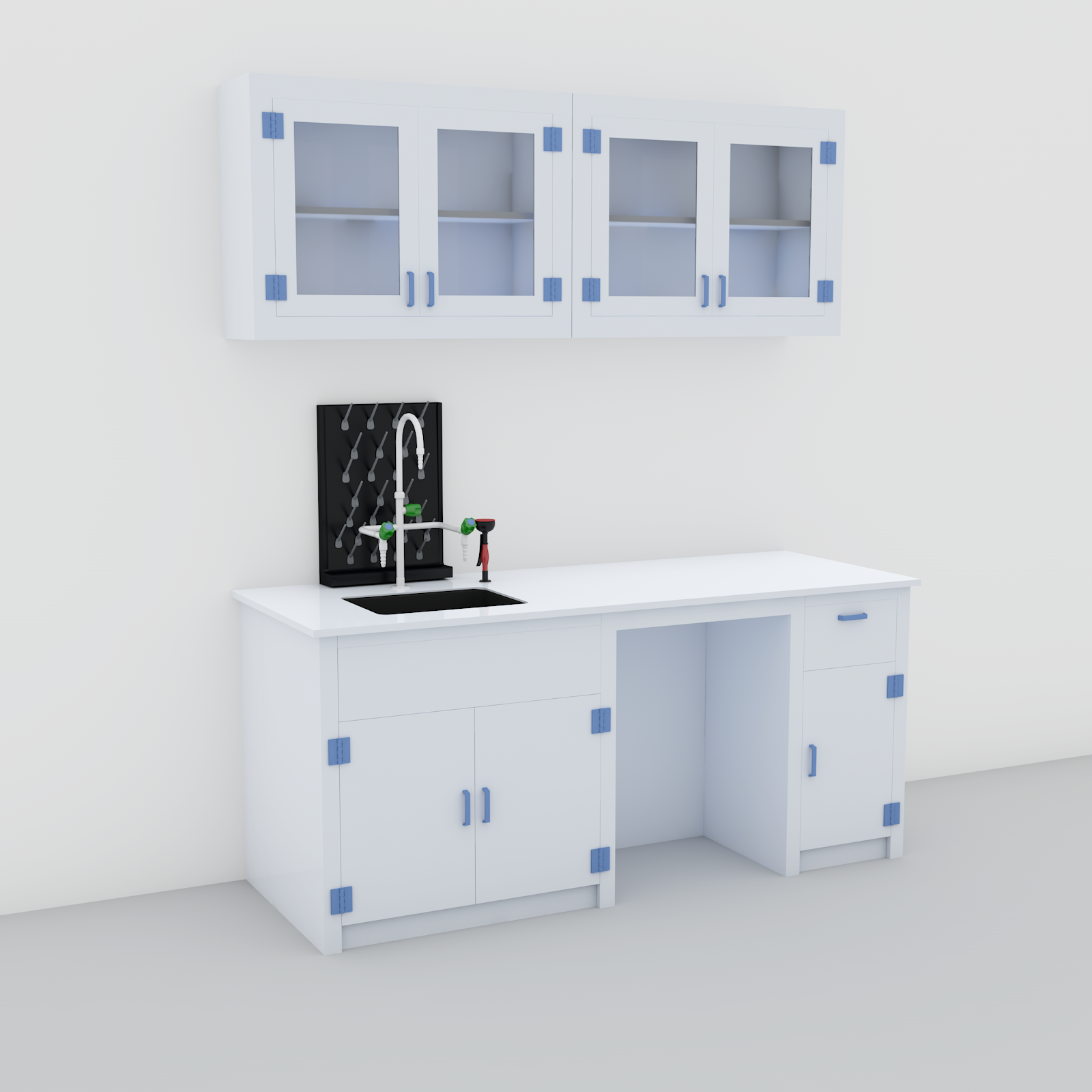

Cases
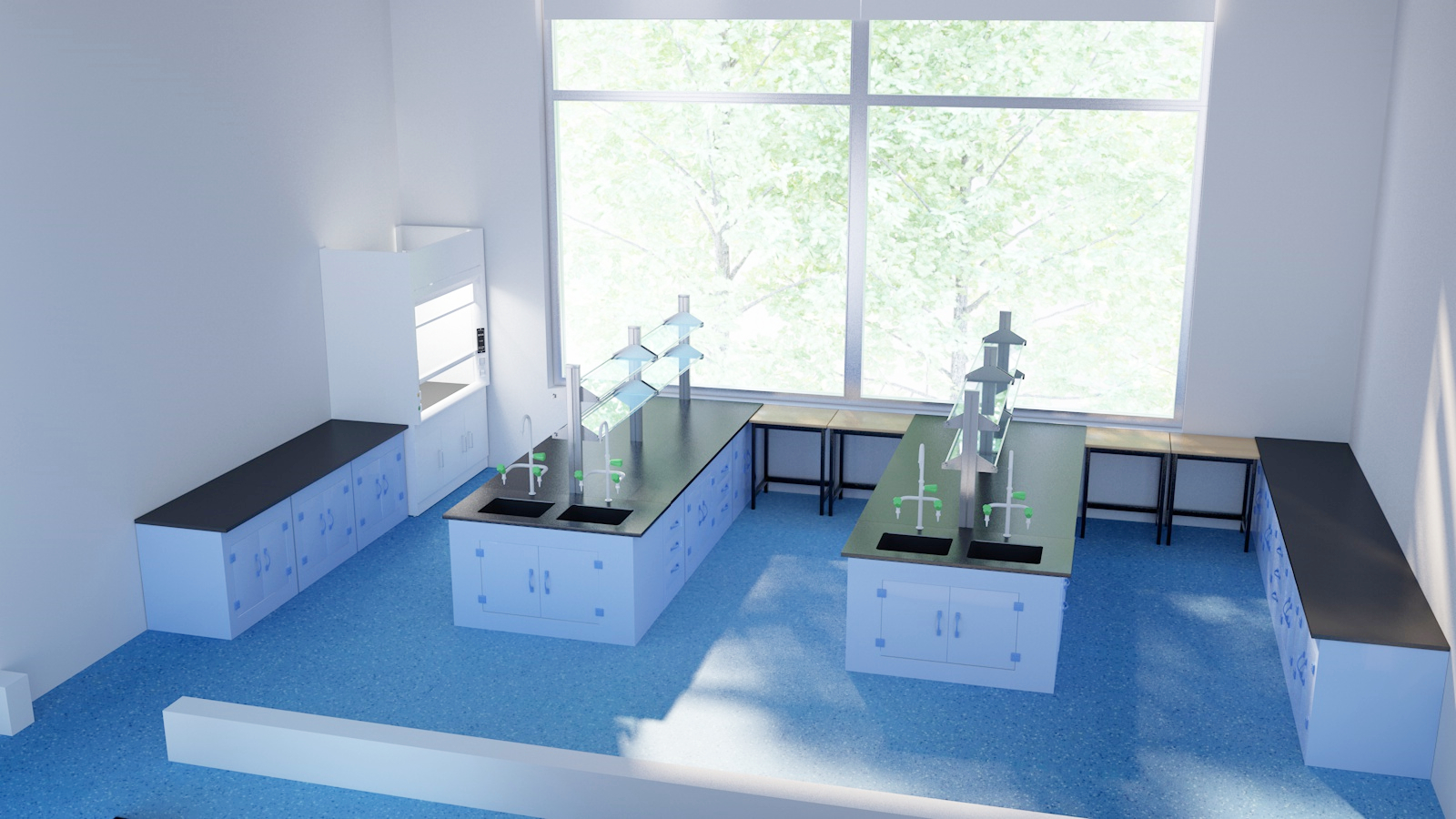
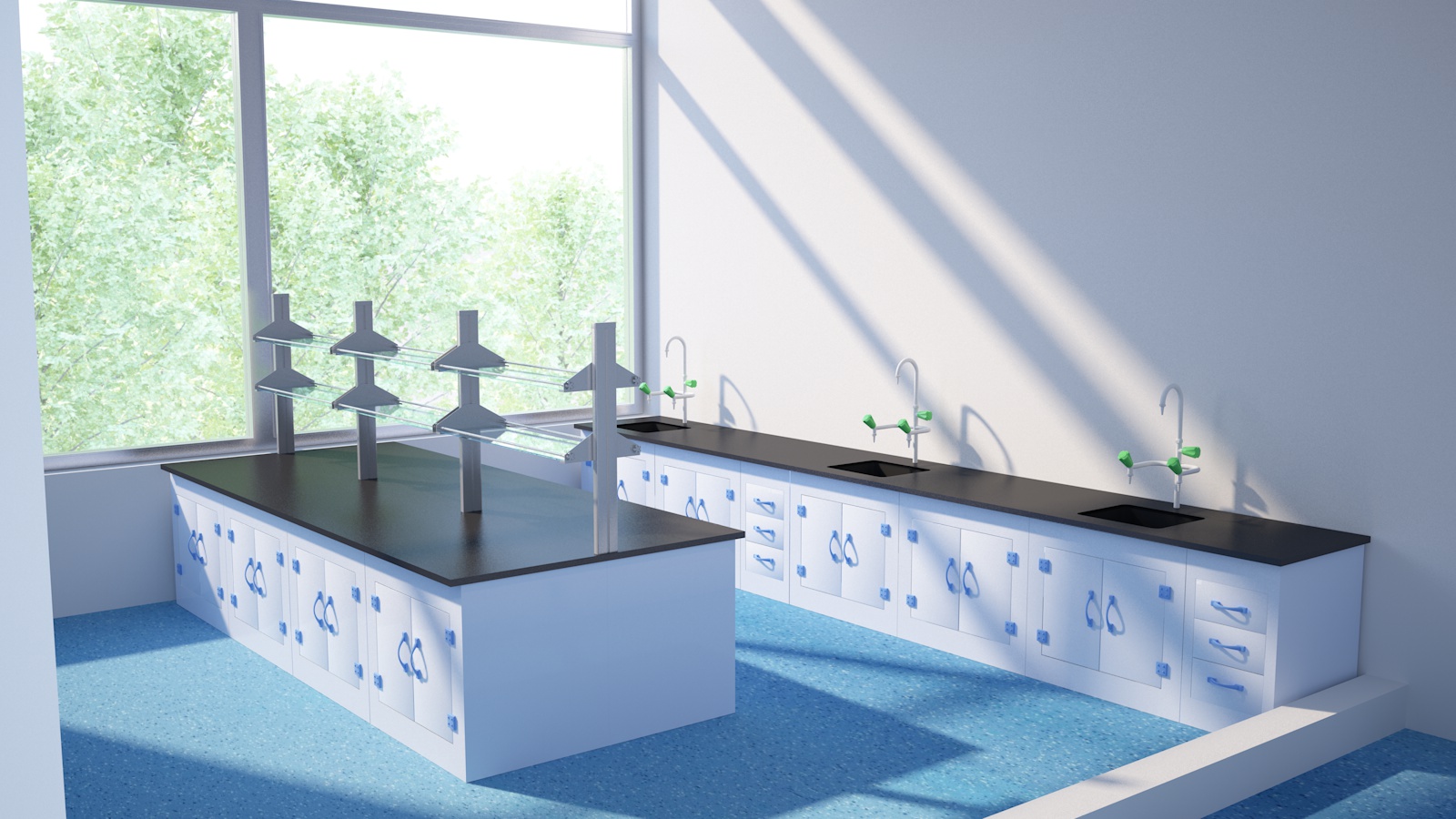
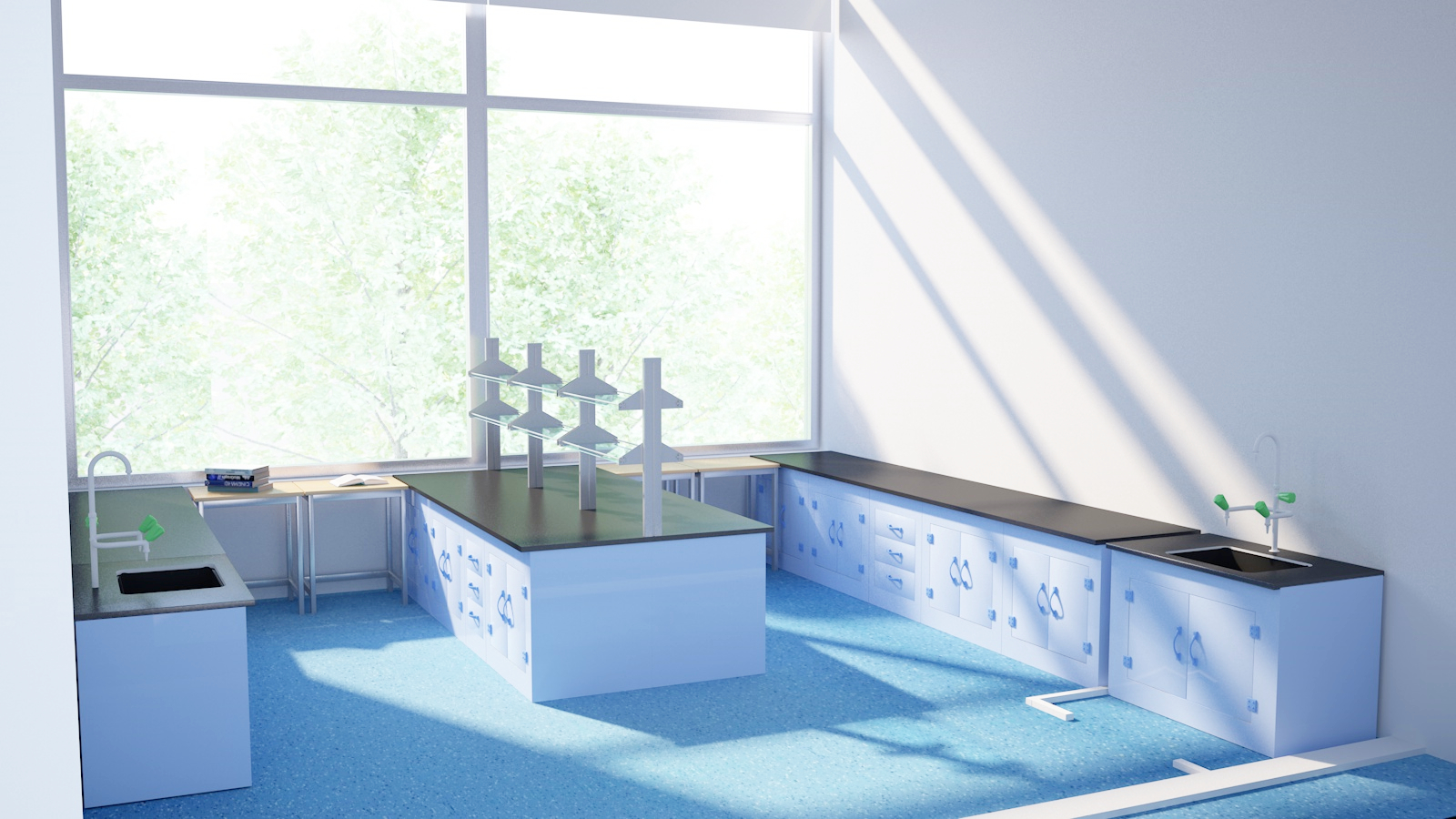

C-Frame Lab Bench | Durable Laboratory Workbench Solutions – MAXLAB
C-Frame Lab Bench | Durable Laboratory Workbench Solutions – MAXLABGet in touch with us
If you have any comments or good suggestions, please leave us a message, later our professional staff will contact you as soon as possible.






MaxLabFurniture
MaxLab Furniture
daihongada
Max Laboratory